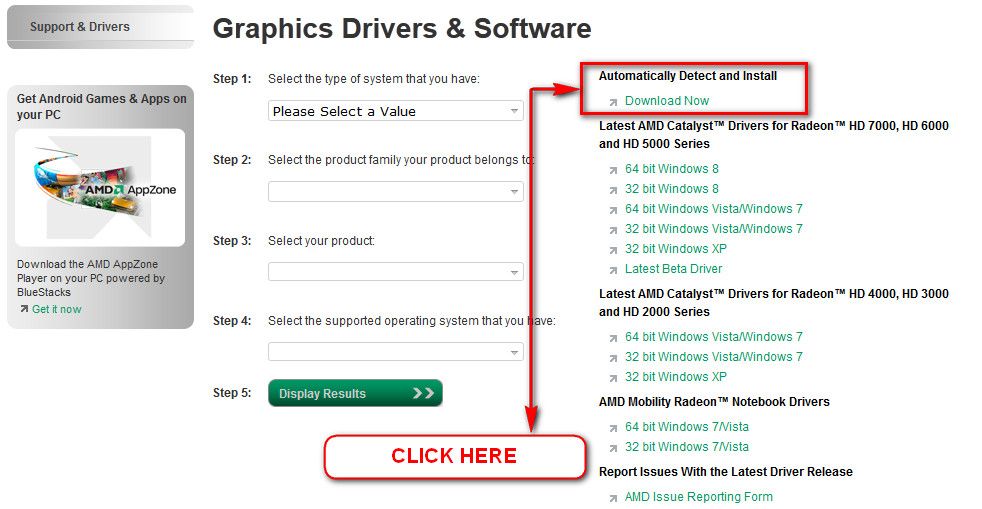New
#1
HP crashes while asleep, restarts to BSOD once with ID:4105 BC Code 9f
My laptop has awoken from sleep about 10 times over the past 3 months. I'm hoping you can help me as Answers.Microsoft.com were unable to pinpoint the cause from the following dmp, sysdata.xml and error codes I'd given them:
Question
I asked (Answers.Microsoft.com) on January 18, 2013
Win 7 ALSO Crashes during Sleep with Bluescreen Locale ID: 4105; BC Code: 9f
I have the same problem--seems the computer awakes at night and tries to access the internet after it crashes. I've checked Power Management but 'allow wakeup' is disabled and it isn't the Media Update Scheduler either. I don't have any printer drivers.
Problem signature:
Problem Event Name: BlueScreen
OS Version: 6.1.7601.2.1.0.768.3
Locale ID: 4105
BCCode: 9f
BCP1: 00000004
BCP2: 00000258
BCP3: 850C5A70
BCP4: 82F6DB24
OS Version: 6_1_7601
Service Pack: 1_0
Product: 768_1
Files that help describe the problem:
C:\Windows\Minidump\011813-48204-01.dmp
C:\Users\Owner\AppData\Local\Temp\WER-74989-0.sysdata.xml
I've uploaded both these files to: https://skydrive.live.com/?cid=42630...FDCCE763%21144
----------------------------------------------------------------------------------------------
Srimadhwa B replied on January 19, 2013
Support Engineer Community Star
Hi,
I see that you get blue screen on with error Locale ID: 4105; BC Code: 9f. I will help you with this issue.
1.What is the make and model of the computer?
2.Which security software is installed on the computer?
3.Did you make any changes to the computer recently?
Let us try these methods to check the status of the issue.
Method 1. [ NOT DONE - couldn't restore to a point before the first occurrence. ]
Boot the computer in safe mode to check if the issue re-occurs.
Advanced startup options (including safe mode): Advanced startup options (including safe mode)
Method 2. [ DONE - changed 'balanced' plan ]
I would suggest you to create a new power plan and check.
Change, create, or delete a power plan (scheme): Change, create, or delete a power plan (scheme)
Method 3. [DONE - HD, Memory Checked, Registry cleaned BUT Win 7 NOT re-installed yet !!! ]
I would suggest you to refer to this article and check if this helps.
Resolving stop (blue screen) errors in Windows 7: Resolving stop (blue screen) errors in Windows 7
Important: System Restore will not revert any of the non-system files like documents, email, music, etc. to a previous state. These types files are completely unaffected by System Restore. If your intention with this tool was to recover a deleted non-system file, try using a file recovery program instead of System Restore.
Important: While performing check disk on the hard drive, if any bad sectors are found, then check disk will try to repair that sector. Any data available on that sector might be lost.
Note: Re-installing Windows 7 will delete any programs you've installed and will restore the default Windows settings. You'll need to restore your user files, and reinstall any programs you've installed using the original installation discs or files.
Let us know if you need further help with any windows issue. We will be glad to help.


 Quote
Quote Do not start the free trial of Malware Bytes; remember to deselect that option when prompted.
Do not start the free trial of Malware Bytes; remember to deselect that option when prompted.
